Credit Scores And Relationships
October 8, 2015 in Daily Bulletin
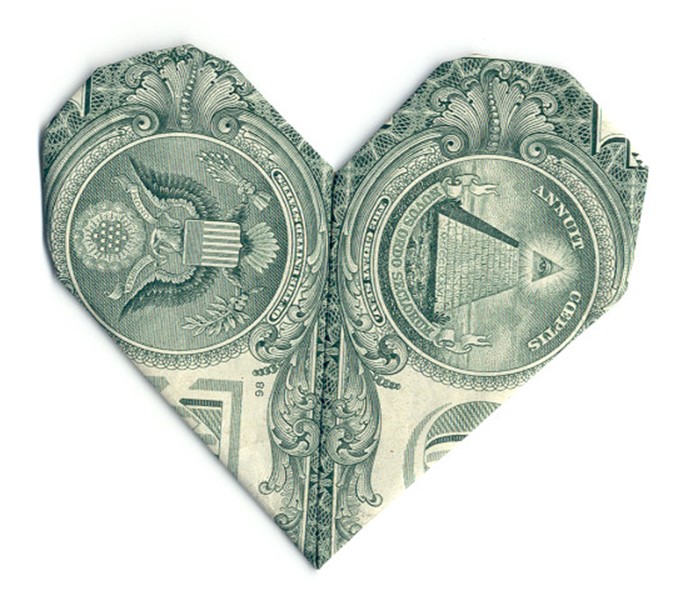
Put aside Tinder and get on the dating sites which match you according to your credit score. Luke Kawa reported on a study by the Federal Reserve which showed that a happy credit score is the key to a happy relationship:
- Those who have above average credit scores are 14% more likely to enter into a committed relationship.
- Couples with similarly high credit scores are 37% less likely to breakup in the third and fourth year of a relationship.
- Those that have a big difference in credit scores are 24% more likely to end their relationship between the second and fourth year of the relationship.
- It’s not the low credit score that drives breakups. They just seem to lead to low trustworthiness which drives actions that lead to breakups.
- Luckily while it’s not common for people to ask about credit scores on dates, people usually end up with partners that have similar credit scores.
Read other details from the study here.
Source: Bloomberg

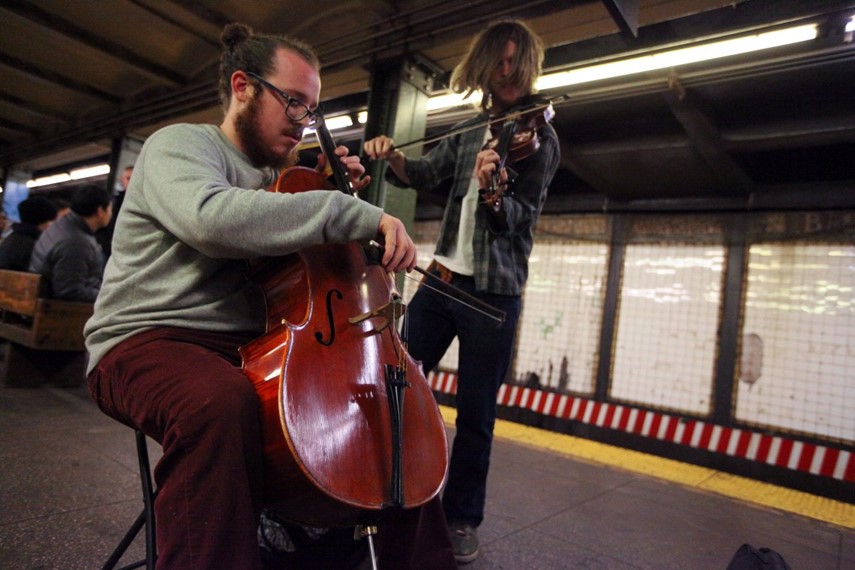
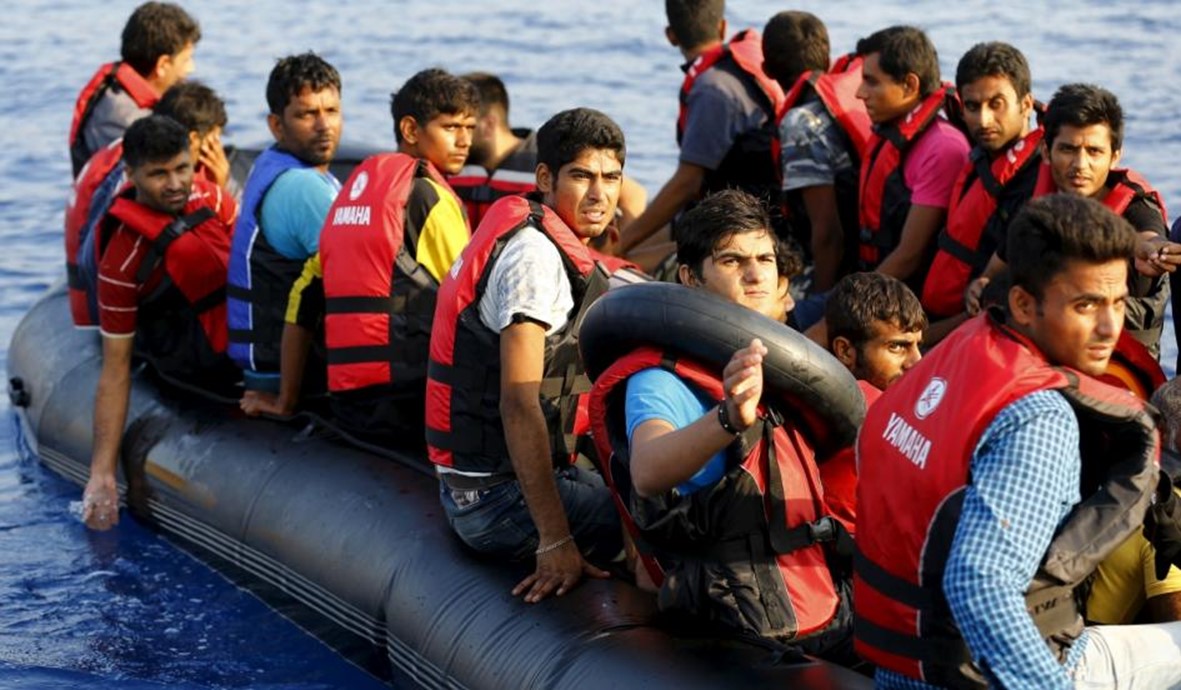
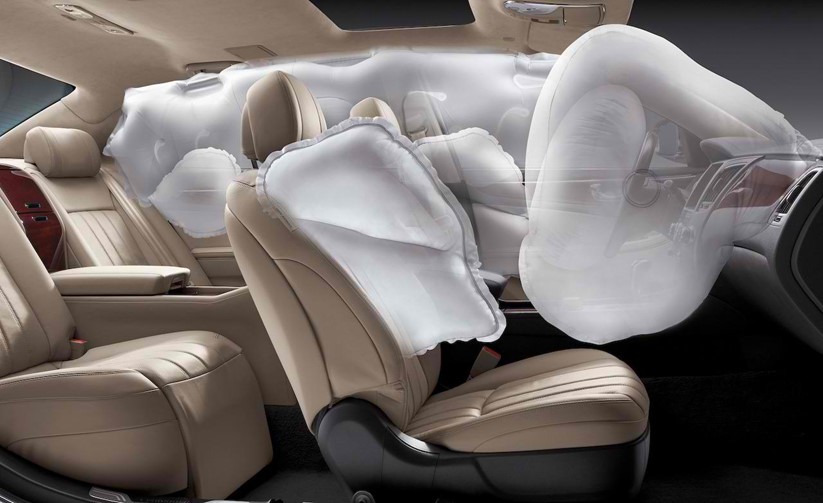

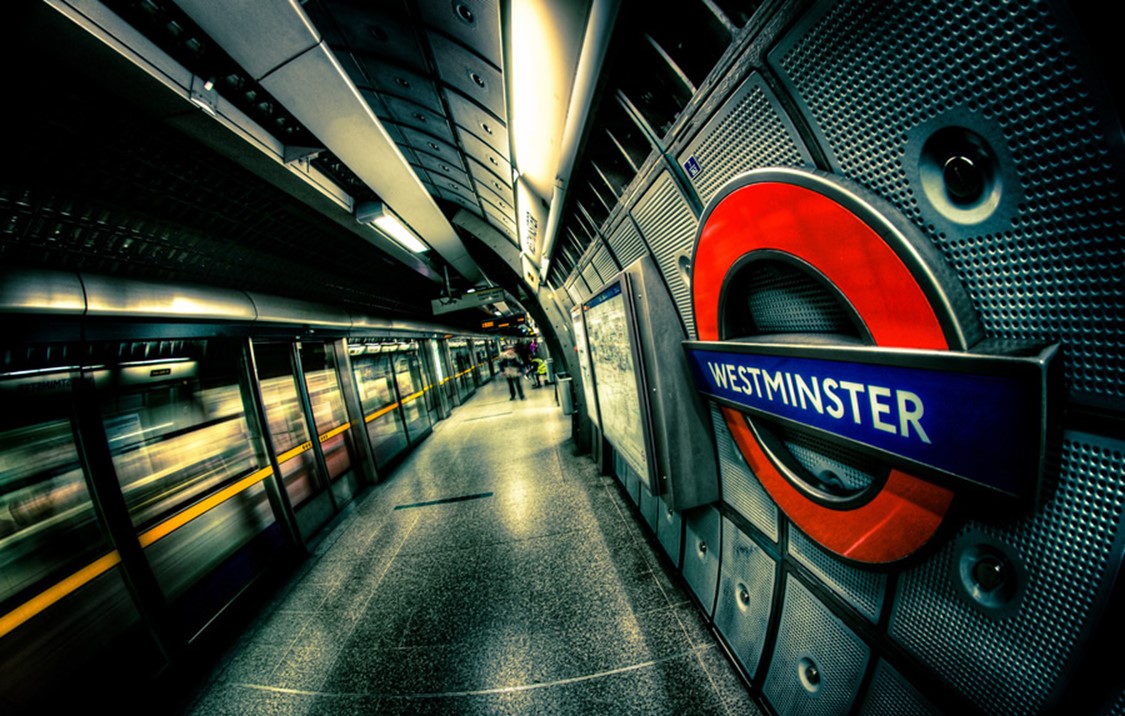
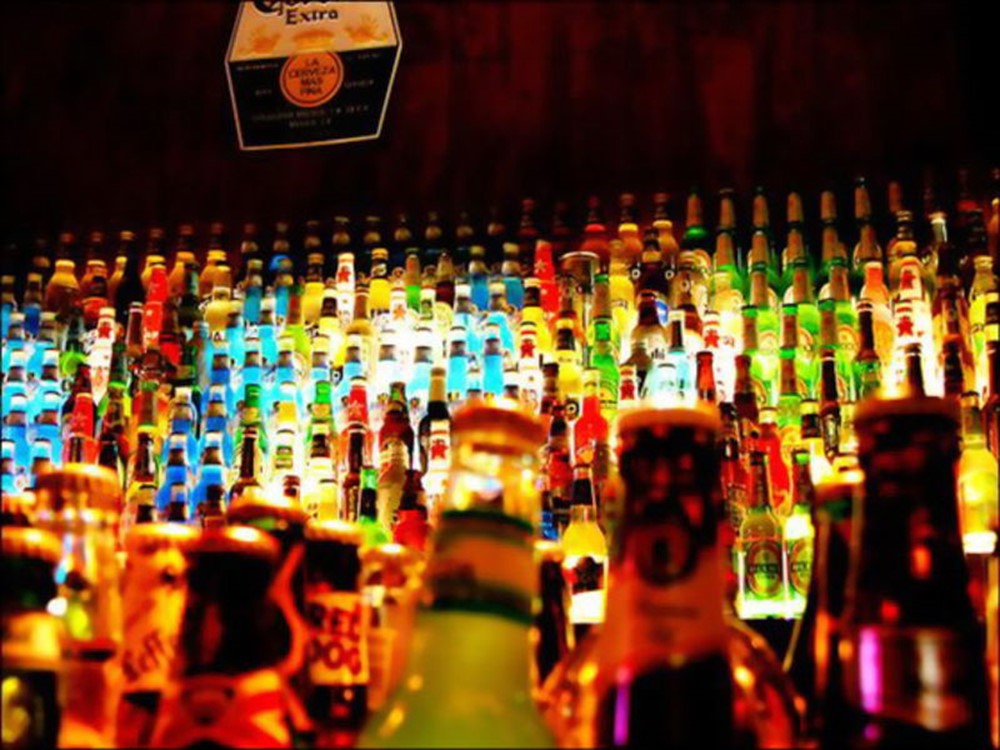
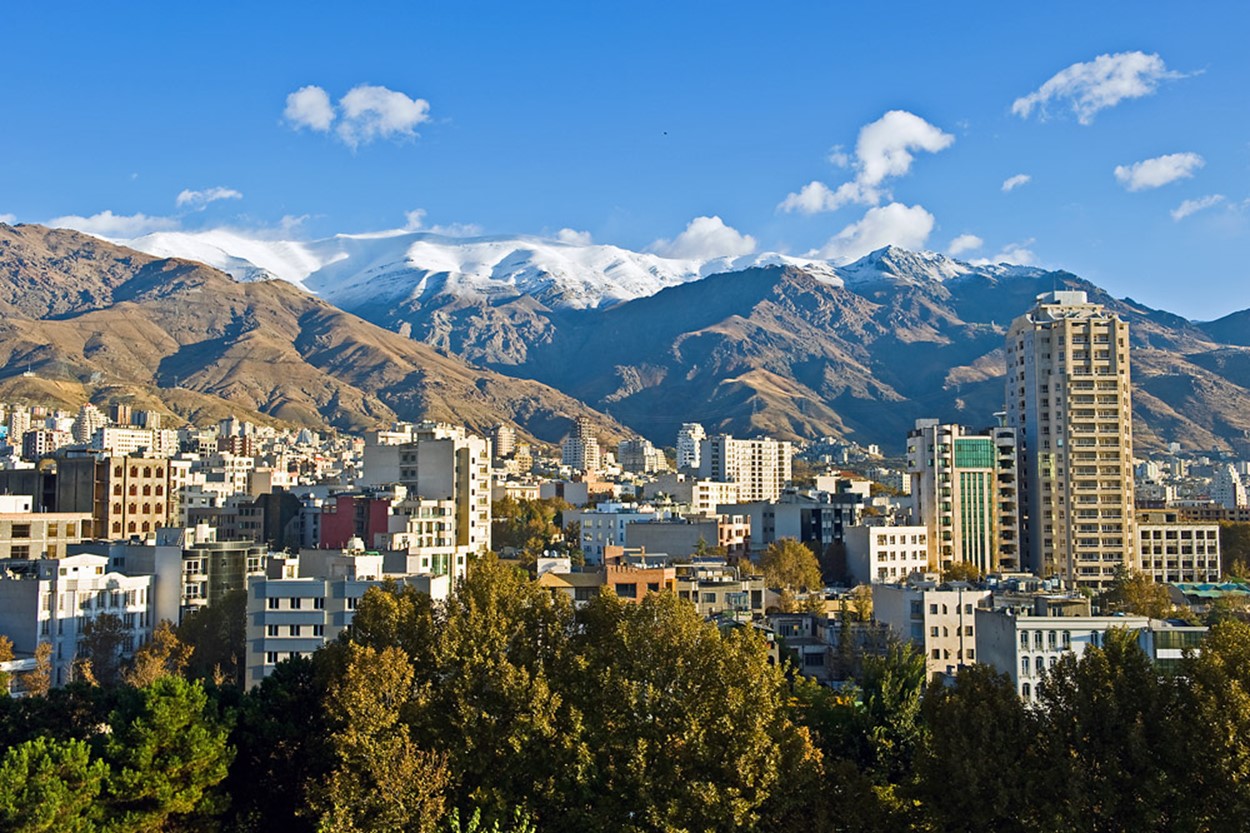
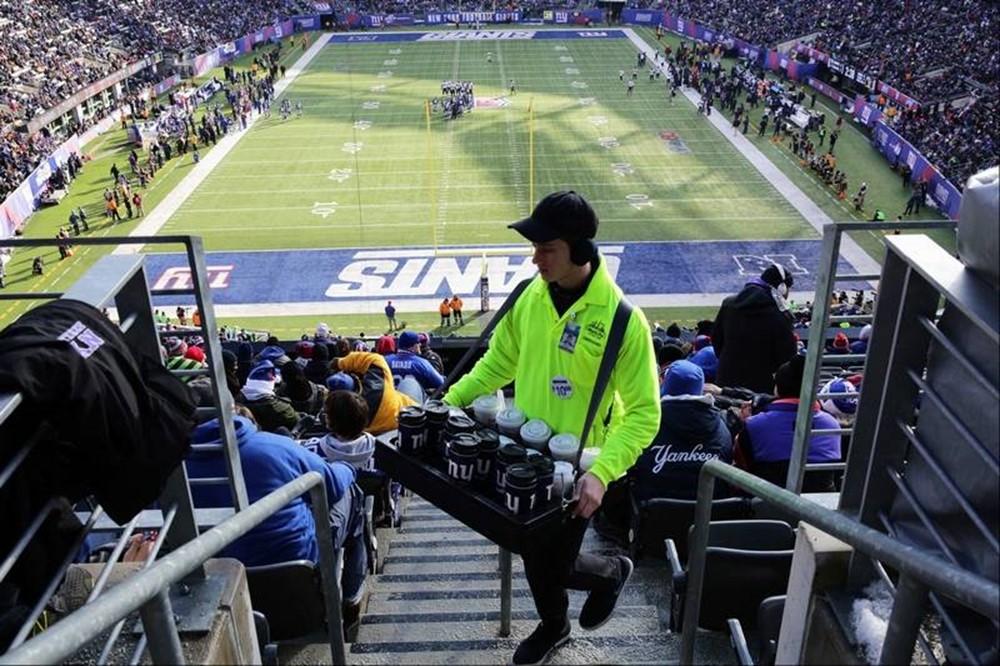
Join the Discussion! (No Signup Required)